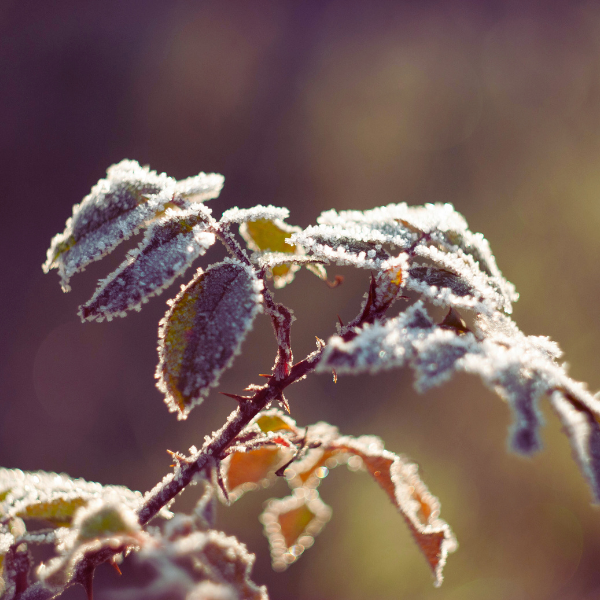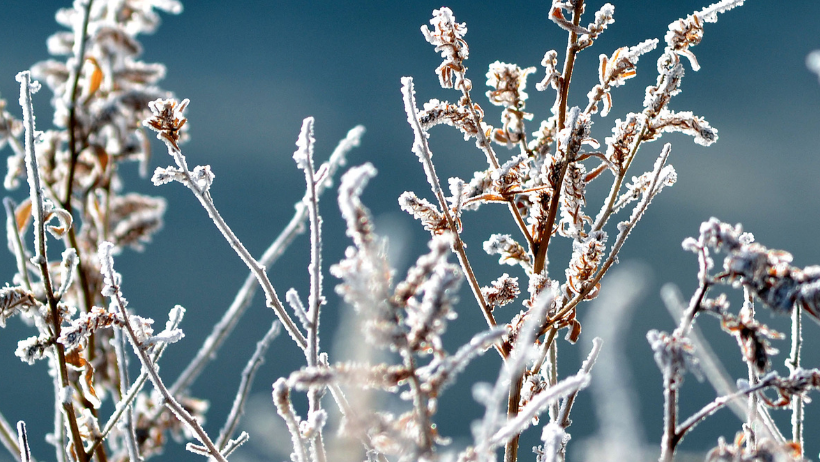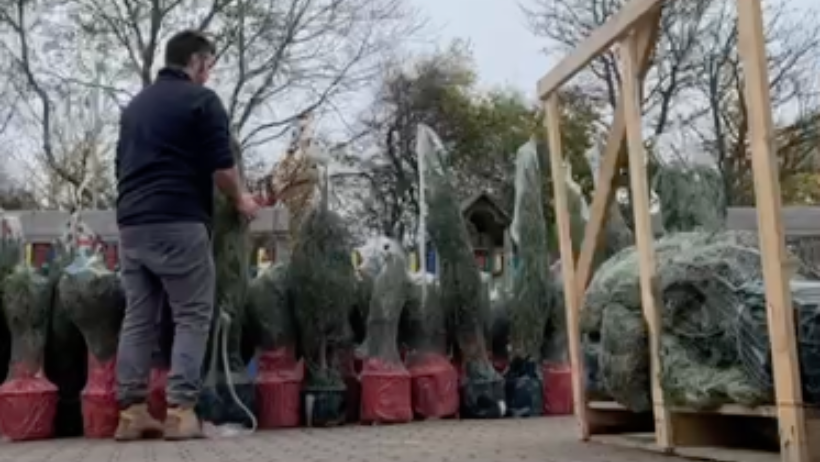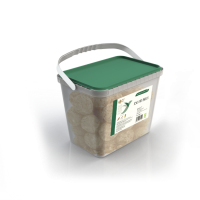Winter Gardening with Nicola

Well, winter is upon us, and if you think it's time to put your feet up and abandon the garden to the elements, think again. A good gardener knows that winter preparation isn't optional—it's essential. I'm Nicola, the garden centre manager at Pearsons of Duns, and I'm here to impart a few tried-and-tested methods to keep your garden surviving and thriving through the cold season. With the right approach, your garden will be in robust shape to flourish come spring.
Mulching A Vital Layer for Soil Health
If you're not already mulching in winter, you're neglecting one of the core principles of sound gardening. Mulching serves as a protective layer, insulating soil and reducing nutrient loss—a crucial factor in winter months. I recommend organic options like bark or compost, which break down naturally and add structure to your soil.
How It's Done:
Apply a conservative 5-8 cm layer of mulch around perennials and trees, ensuring it doesn't sit right against the plant stem to avoid rot. Trust me; it's the difference between healthy plants and frost-bitten ones come spring.
The Proper Way to Protect Frost-Sensitive Plants:
Those who care about plants don't leave them to fend for themselves in harsh conditions. Mediterranean species, certain perennials, and tender shrubs require careful insulation. Invest in garden fleece or hessian to wrap plants and consider moving potted plants into sheltered spots.
How It's Done:
Cover plants, particularly on frosty nights, but be vigilant about removing the coverings on milder days to prevent damp buildup. A little attention to detail now will pay dividends when it's time for growth.
Winterising Your Lawn—A Step Most People Overlook
It’s surprisingly easy to neglect a lawn through winter but do so at your peril! Fallen leaves and damp spots create an environment ripe for disease. Clear your lawn meticulously and avoid walking on it when it's frosty, as this damages the grass. Consider applying a winter-specific lawn feed for optimal health.
How It’s Done:
Rake thoroughly to remove any detritus, aerate the soil if it's compacted, and treat the lawn like the investment it is. With care, you'll have a lawn worth showing off come spring.
Lighting for the Darker Months: A Tasteful Addition
Many underestimate the importance of lighting in winter. Aside from safety, it brings a well-needed charm to the garden, illuminating its structure and contours even in darker months. Choose solar or low-energy LED lights to keep your energy footprint minimal.
How It’s Done:
Strategically place lights along pathways and around significant features in your garden—trees, shrubs, and patios. It creates a quiet elegance that feels festive without resorting to excessive decoration.
Support Wildlife: Feeders, Birdbaths, and Shelter
A responsible gardener considers the impact of winter on our local wildlife. By providing bird feeders stocked with suet and seeds, you'll help garden birds weather the cold, and a birdbath gives them a much-needed water source.
How It’s Done:
Position feeders near shrubs or trees so birds feel safe and ensure water is regularly refreshed in birdbaths. And for those serious about wildlife, a log pile tucked away provides shelter for small creatures in need of refuge.
The Planning Phase—Real Gardeners Never Rest
While others take a 'break' from gardening, the genuinely dedicated use winter to plan. Assess which plants succeeded and which didn't, and how you'll improve your garden layout next year. Now's also the time to order seeds and prepare your planting calendar.
Proactive Seed Choices:
For the early birds, hardy annuals like sweet peas can be sown indoors, ready for spring transplanting. There's a satisfaction in having everything in place well before the spring rush.
Creating Visual Appeal with Potted Evergreens
Don't assume a winter garden must look bare. Small potted evergreens like dwarf conifers and hollies keep things looking lively. Positioned along pathways or around your patio, these plants hold up beautifully against the chill.
How It’s Done:
Use frost-proof pots, elevate them for proper drainage, and consider tasteful additions like heathers and hellebores. No gaudy lights or flashy colours; simplicity is elegance.
Growing Hardy Winter Vegetables: A Worthy Challenge
And lastly, for the true garden lovers, winter vegetable gardening is an appreciated challenge during what some consider the quieter months. Kale, Brussels sprouts, and winter cabbage thrive when given adequate protection and can add freshness to your winter table.
How It’s Done:
Use cloches for added warmth and mulch around your veg to make harvesting easy, even on frosty days. Frankly, the taste of homegrown winter veg is vastly superior to anything you'll find in the shops.
Winter gardening is not for the faint-hearted. But for those who know its rewards, it's an opportunity to refine, protect, and enhance your space. From mulching to lighting, planning, and maintenance, each action ensures a robust garden when the frost clears. Follow these steps meticulously, and you'll find that your garden is ready to flourish in spring, all thanks to the care you took in winter. Winter gardening demands discipline, but the rewards—well, they're undeniably worth it.
Did you enjoy this blog? Yes! Why not sign up to our newsletter to be the first to know when our next blog from the garden centre team is live.













